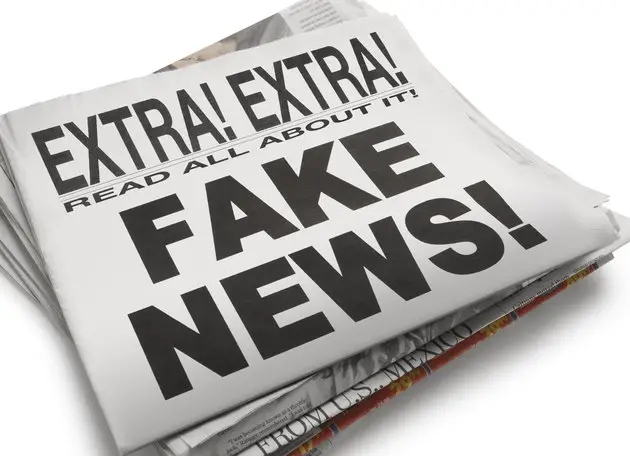The digital age characterizes the fast transfer of information, and in this regard, people have to face challenges regarding information authentication. Especially when it comes to the prevalence of news, identifying right from wrong has become an arduous task. Meanwhile, digital platforms, such as digital channels, social media platforms, and online news outlets, have become instrumental in forming public opinion and influencing real-world events. For instance, often fake pages, for the sake of attention, tend to advertise the wrong bonuses and promotions of businesses like Verde Casino, which ultimately mislead the users. However, ensuring whether the news is true is crucial, and it becomes critical to determine among the plethora of falsehoods. Therefore, this discussion explores the complexities of fake news, drawing on how they are generated, identifying its characteristics, and looking into the strategies to deal with its prevalence.
What Is Fake News?
Fake news is a term that underlines the wrong and misleading information that is masked as legitimate and authentic. It covers extensive content such as made-up accounts, misleading headlines, and crafted images or videos to mislead the audience. The prevalence of fake news is not new, as it has been happening for centuries; however, the digital age, with its high-speed dissemination of information via social media platforms, has amplified the process and its reach to a broader audience.
At the same time, it is crucial to look into the reasons for generating and prevailing misinformation, usually done for financial benefits, to create a sensation to gain attention, or to make dramatic headlines to attract people for clicks and generate revenue via advertisements. Additionally, it is also used as a tool for creating and swaying public opinions, political manipulation, and discrediting opponents. When putting risks and dangers for democratic institutions, foreign agencies spread disinformation to discredit the national structure.
Read Also: What Is Blockchain?
Recognizing Fake News
Identifying fake news is crucial; individuals must have skepticism, critical thinking, fact-checking, news confirmation, and media literacy skills. Here are some red flags that can indicate that the information presented is forged and misleading:
- Sensational headlines: Fake news pages and channels rely on crafting sensational headlines, which are cunningly designed to provoke powerful emotions and reactions in the audience. Therefore, it is wise to confirm the information by delving into the headline’s content to critically evaluate its validity before you share it with others.
- Unauthentic sources: It is crucial to be cautious of news sources with a bad history and are famous for spreading misinformation. It is best to verify the news via independent fact-checking organizations like FastCheck.org and Snopes to verify the authenticity of the information.
- Forged images and videos: Bogus and fake videos and images are created by fraudsters and manipulators to distort reality and spread false narratives. Meanwhile, reverse image searches and video analysis tools help determine the authentication of the visual media.
- Biasness: Commonly, people like the news that matches their beliefs and interests, thus creating a prejudice against the facts. Therefore, it is crucial to accept different narratives by staying open-minded and believing in the facts, no matter if they go against your interests.
- Lack of sourcing: The true and legitimate news stories are always endorsed by reputable organizations or credible sources. So, if a news or story lacks clear sourcing, it is a sign that the information is false.
Dealing with Fake News
Countering fake news requires a multidimensional approach. Individuals, technology organizations, media companies, and policymakers should join hands against the propagators. Meanwhile, here are some effective strategies for dealing with the spread of misinformation:
- Spreading media literacy: To counter fake news, the public must be educated about critically investigating the information and equipped with source evaluation and fact-checking techniques. Media literacy programs can be organized in schools and communities to effectively educate individuals on the digital landscape.
- Transparency and accountability: Media organizations should strictly monitor the transparency and accountability of their news stories by providing accurate sources. Meanwhile, organizations that adhere to ethical standards are the most trusted ones among the audience.
- Regulatory measures: Policymakers should be active against the prevalence of fake news and implement regulations in various ways, such as putting restrictions on social media to remove false information, spreading media literacy, and holding the propagators of misinformation accountable by taking strict actions against them.
Wisely Filter What You Read
Fake news is unhealthy in forming the public’s opinions and threatens democratic institutions and societal trust. Understanding their origins and nature is crucial to counter its spread effectively. Therefore, solid steps must be taken, such as promoting media literacy, observing transparency and accountability, and following regulatory measures that can help formulate an informed and resilient society. All in all, in this digital age where information is abundant and spreads rapidly, fighting against fake news requires a collective action of individuals and organizations in an endeavor of commitment to truth.






